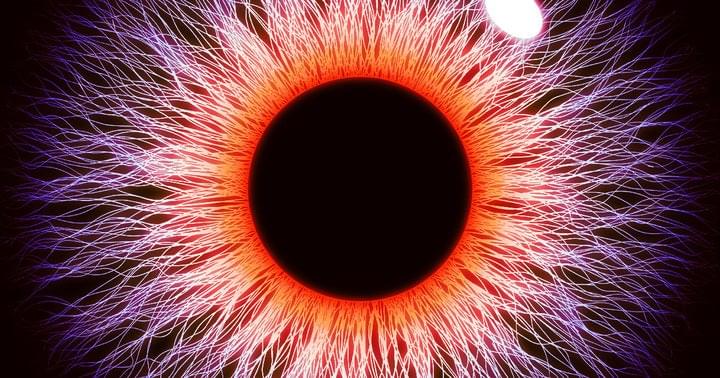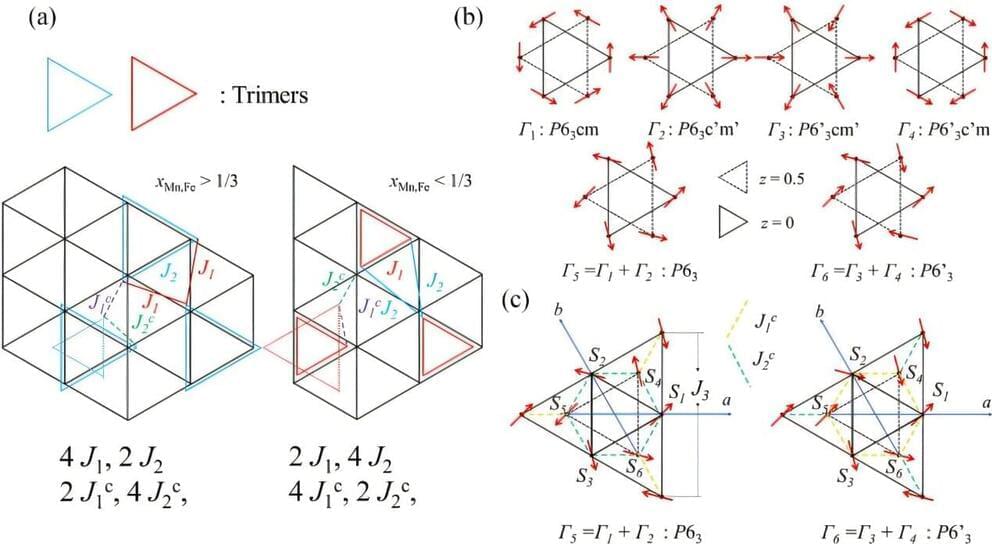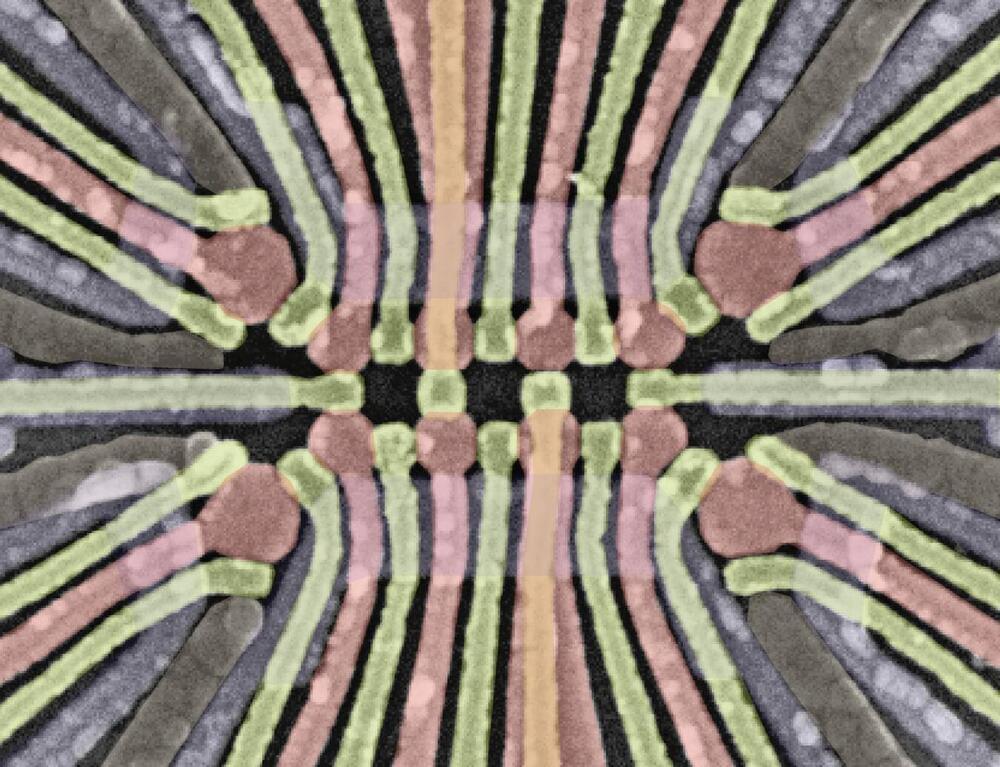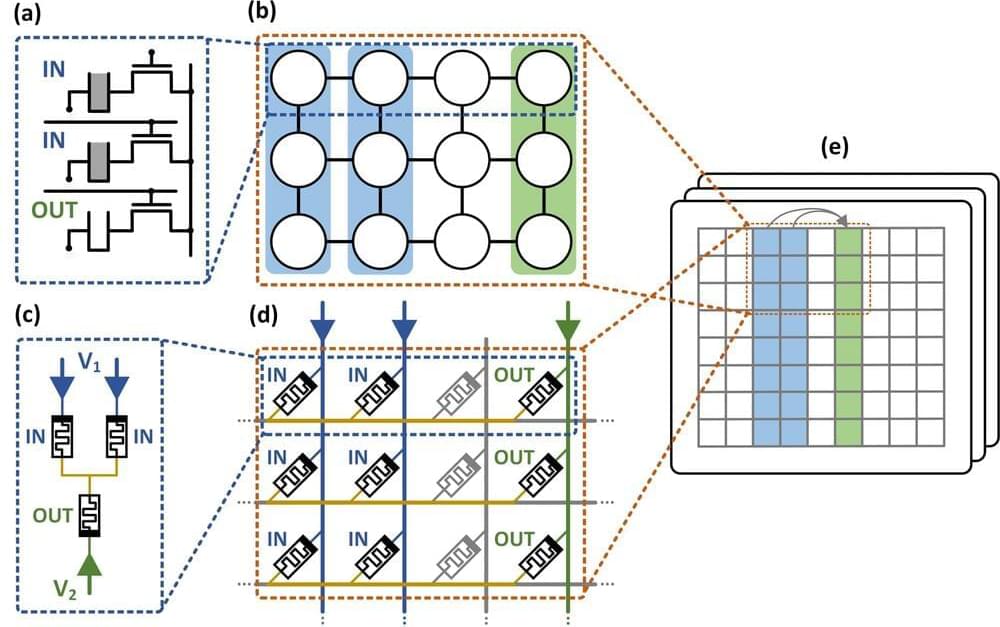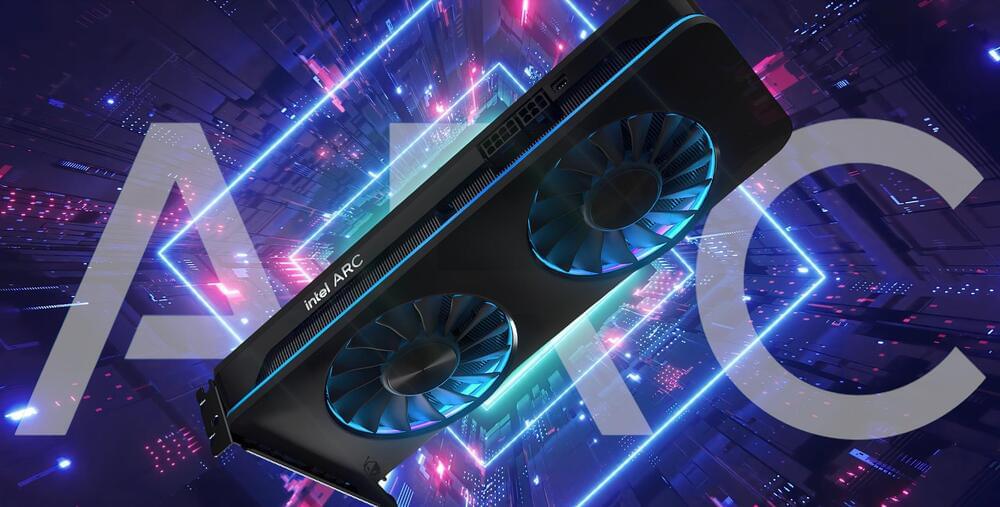Science Corporation, a biotech startup launched by a Neuralink cofounder, claims that it’s achieved a breakthrough in brain-computer interface technology that can help patients with severe vision loss.
In preliminary clinical trials, legally blind patients who had lost their central vision received the company’s retina implants, which restored their eyesight and even allowed them to read books and recognize faces, the startup announced last week.
“To my knowledge, this is the first time that restoration of the ability to fluently read has ever been definitively shown in blind patients,” CEO Max Hodak, who was president of Neuralink before founding Science Corp, said in a statement.
